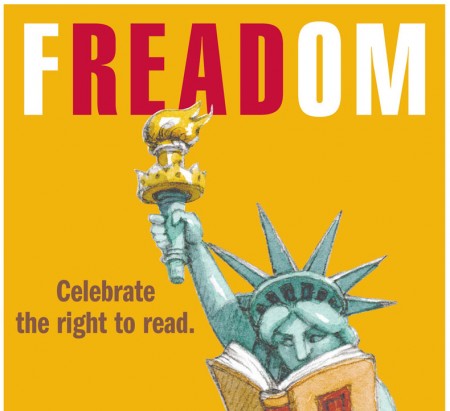Digital Storytelling...what a fantastic way to accomplish so many things in the classroom. It can help students master the multidimensional abilities required of them in the 21st century. Digital storytelling is using computer based tools to tell stories. What a change from just paper and pencil! A great article on using these 21st century technology to teach 21t century literacies in the classroom is:
Brown, J., Bryan, J., & Brown, T. (2005). Twenty-first century literacy and technology in K-8 classrooms.
Innovate, 1(3).
http://citeseerx.ist.psu.edu/viewdoc/summary?doi=10.1.1.186.5118
These literacies for the 21st century include:
Digital Literacy -the ability to communicate with an ever-expanding community to discuss issues, gather information, and seek help;
Global Literacy -the capacity to read, interpret, respond, and contextualize messages from a global perspective;
Visual Literacy -the ability to understand, produce, and communicate through visual images;
Technology Literacy -the ability to use computers and other technology to improve learning, productivity, and performance;
Information Literacy -the ability to find, evaluate and synthesize information.






